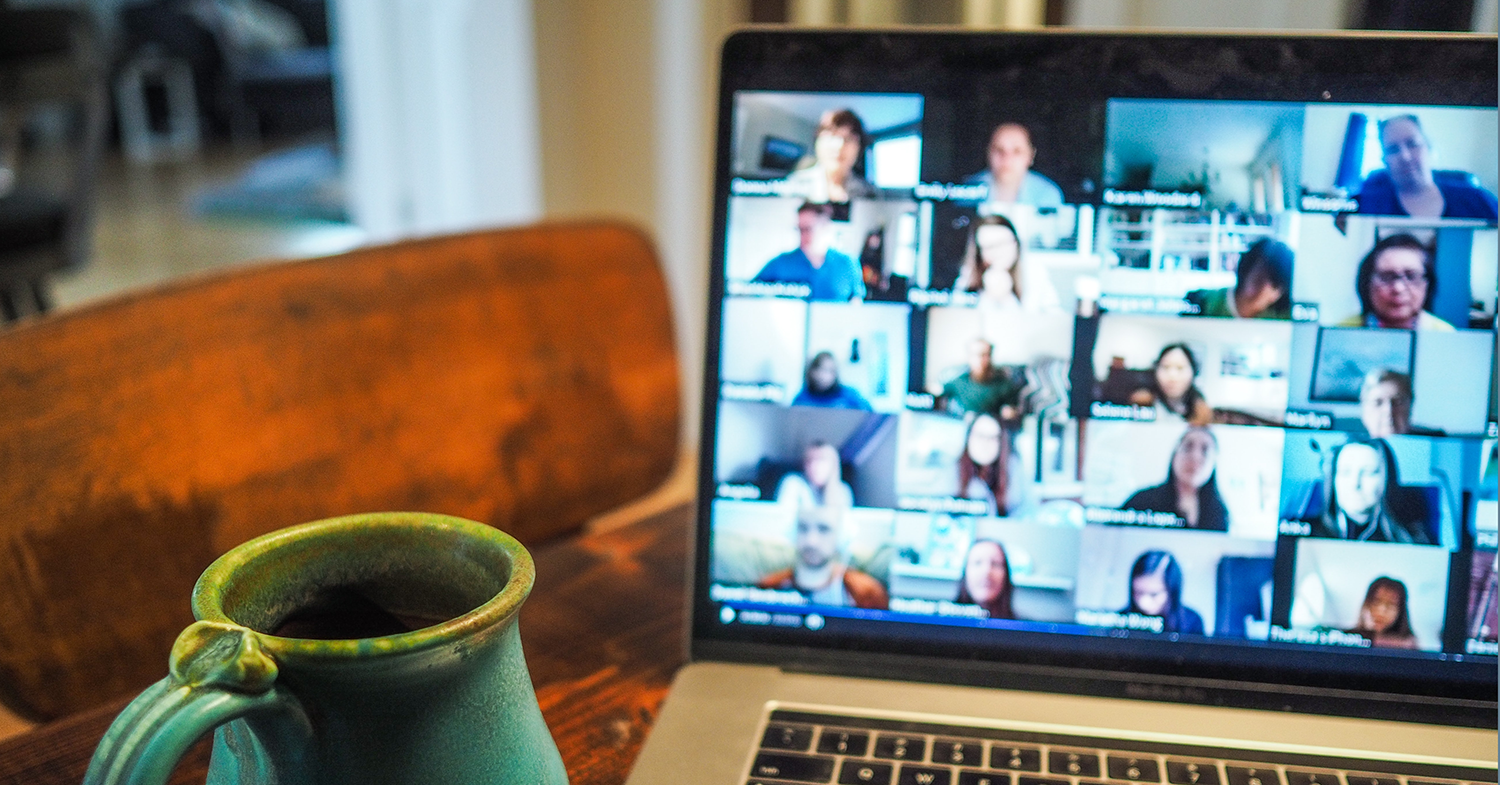Now is an optimal time for behavior change.
The crisis period of the pandemic is starting to fade in the distance, people are feeling more hopeful, and it’s time to pivot to the new future of work. Spring is in the air, and many of us are ready for change.
As leaders we need to capitalize on these optimal conditions.
Maybe it’s time to re-engage your remote team, to create new remote worker communication or accountability rhythms, to pivot your marketing strategy. Whatever the change is that you seek, you’ll need to get everyone on board.
Why Habitual Behaviors Are Hard To Change
First let’s briefly look at habits. Habits are familiar, comfortable, and very often unconscious. The unconscious part is what makes them hard to change. When did you last drive home without even thinking about it? You pulled up to your home and didn’t even remember the drive. You sure didn’t have to think about taking the right turns to get you there. It was automatic. Habitual. Why? Because the part of your brain responsible for habitual behaviors, the Basal Ganglia, was doing its job.
When you try to change a habit your brain issues an error message that then alerts the Amygdala, which in part governs threat perception. That’s why changing habits feels uncomfortable or sometimes even painful.
Get Lasting Behavior Change Now
Carrot and stick, also known as rewards and consequences, has minimal success with today’s workforce. People don’t like feeling baited or punished. We’re adults, please treat us as such. What works much better is emotional engagement: enrolling and engaging a person so they actually want to make the change . And there’s the trick— change has to be their idea. This is why the following four steps work so well: they let the person feel empowered, creative, involved, responsible, and not mandated to.
As a leadership and culture coach I’ve taught clients these 5 steps for over a decade—and the results have been remarkable. Here they are:
1. Enroll – ask their opinion and advice about the change you want to make. Use our Feedback Frame on the change initiative. Let’s say for example you want to roll out a new employee engagement survey and want to ensure high participation. You could gather the key leaders that will need to get the participation from their team in doing a group Feedback Frame. In it you’ll ask 2 questions:
· Regarding our past engagement surveys, what worked?
· What would we have liked to see more of?
You now have the input you need for #2
2. Generate Insights – it’s time to help the leadership group to have their own insights using our Outcome Frame. Again, for this example you’ll use this as a group. The answer to the first question will be based on the most crucial feedback from “What would we have liked to see more of?” from #1 above. You’ll ask 6 questions:
· What would we like?
· What will having that do for us?
· How will we know when we have it?
· When/where/with whom would we like it?
· What of value might we risk or lose? What side effects may occur?
· What are our next steps?
3. Form An Action Plan – From the answers in #2 above, you’re now ready to form an action plan, with deliverables and who is responsible for what. Now the leaders all are engaged in what they need to do to launch, get high participation and feedback from the upcoming employee engagement survey. Our Cultural GAME Plan infographic shows some elements you’d want after an employee engagement survey.
4. Expand Their Identity – And let’s be sure to add an identity element too—meaning to help people see that they’re bigger and more powerful than they thought they were. In the context of the employee engagement survey, we want them to see that their voice matters, that we listened to their feedback and are implementing their ideas. You can do this in a number of ways, you can have a cultural identity (we’re pioneers, we’re futurists, we’re athletes, etc) as well as individual department identities as well. You can also list what each person‘s superpowers are (their colleagues figure this out with them), so that they’ll volunteer—and be identified as optimal for certain projects.
5. Track And Celebrate Progress – Be sure to add accomplishment-oriented celebrations as you track progress. As humans we need to see that we’re making progress and we need to celebrate at each mile stone. This gives us the crucial experience of achievement, which we must have at work.
More Behavioral Choice = Happier People And Better Performance
The net-net is people want to feel good. And they will do whatever behavior feels best on their current behavioral menu. Sometimes our menu is impoverished such as during a performance review where there are quite few choices of behavioral responses, such as defensiveness, anxiety, pride, etc.
One of our key jobs as leaders is to help our people expand their behavioral menu so they have more behavioral choice and emotional resilience at work. We can do this by helping them feel powerful, involved, valued, respected, because we are indeed all partners of one another at work. Yes, there is an org chart, and a hierarchy of power. But that is pretty quickly fading now with remote work. And thank goodness. It’s time to acknowledge that the vast majority of people actually do want to deliver results and provide value to their organization.








